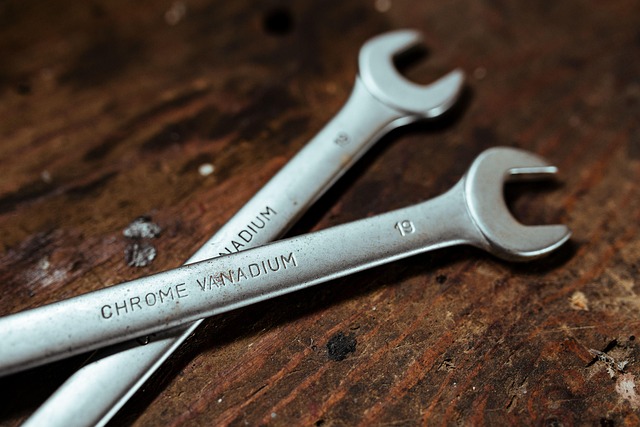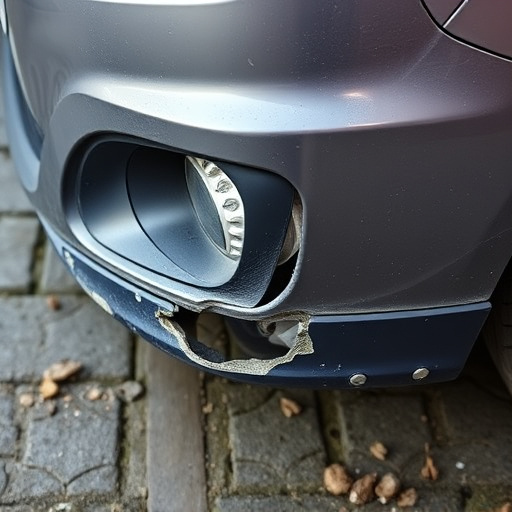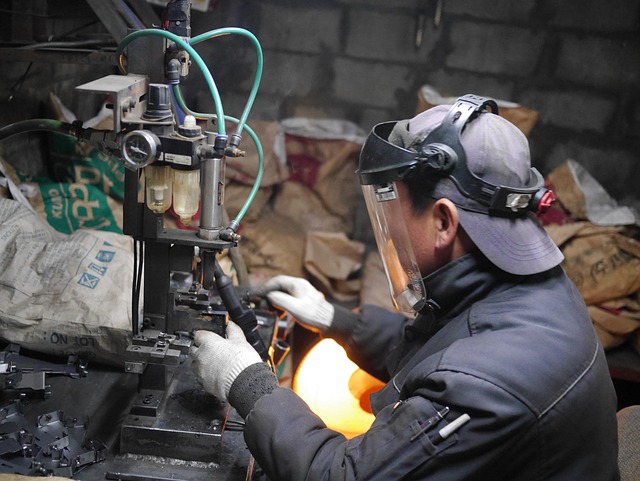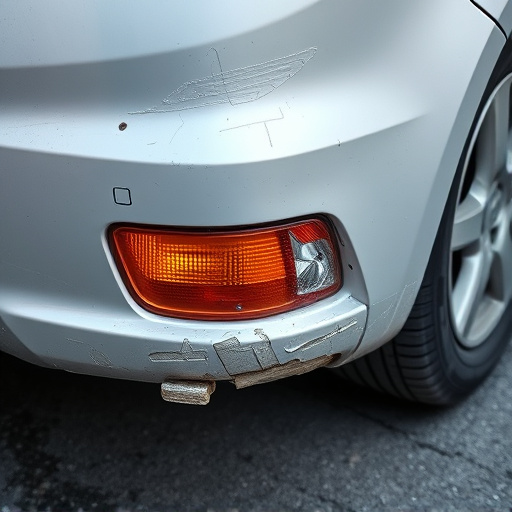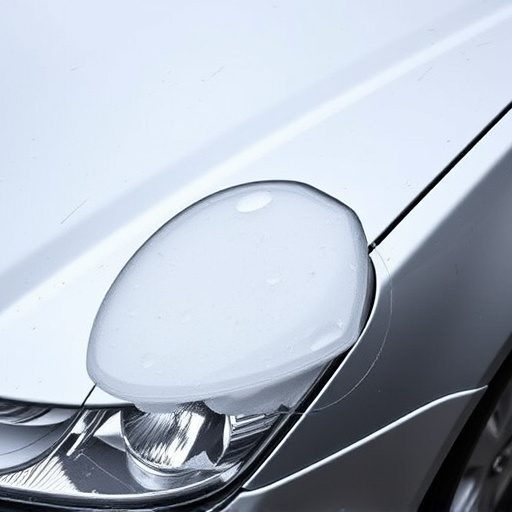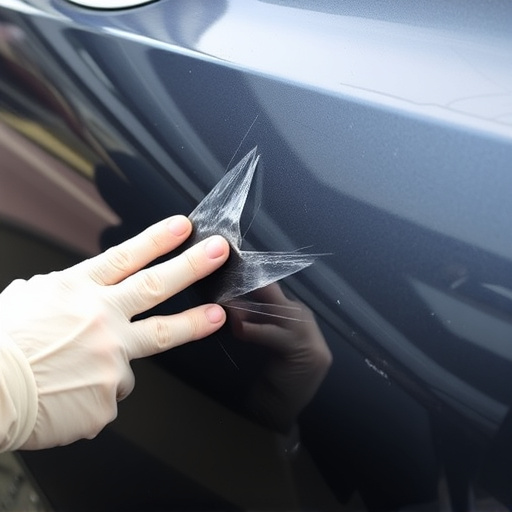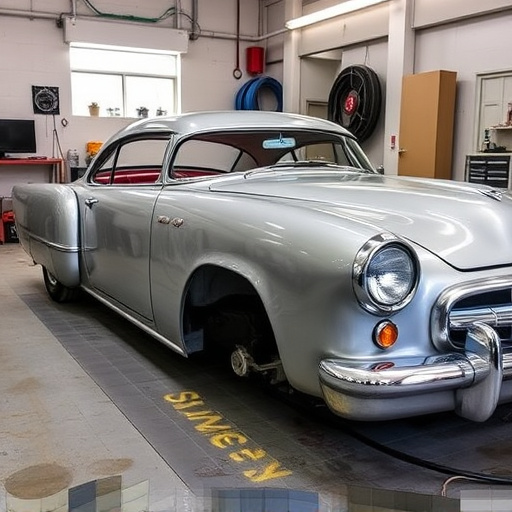The hydraulic frame machine is a specialized automotive tool crucial for car body shops and restoration projects, providing precise force through hydraulic power for tasks like frame straightening and structural integrity checks. Its robust design, including strategic anchoring points, ensures stability and accuracy, optimizing repair quality and turnaround times in collision center repairs and bodywork restoration.
Hydraulic frame machines are essential tools in various industries, offering unparalleled precision and control for heavy-duty tasks. This article delves into the nuanced world of these powerful machines, focusing on a critical component: anchoring points. We’ll explore the fundamentals of hydraulic frame machines, unravel the purpose and advantages of anchoring points, and examine their significant impact on optimizing operations. By understanding this key aspect, users can maximize efficiency and safety in their work.
- Understanding Hydraulic Frame Machine Basics
- Introduction to Anchoring Points and Their Function
- Optimizing Operations: The Impact of Anchoring Points
Understanding Hydraulic Frame Machine Basics

A hydraulic frame machine is a specialized piece of equipment crucial for various automotive operations, including those in car body shops and for car restoration projects. It serves as the backbone for tasks such as straightening frames, aligning panels, and ensuring structural integrity during car body repairs or scratch repairs. Understanding its fundamentals is key to harnessing its full potential.
These machines utilize hydraulic power to generate immense force and precision, enabling technicians to manipulate metal with accuracy. The basic structure includes a robust frame, powerful cylinders, and a control system that allows for variable adjustments. This versatility makes it indispensable in car body shops where quick and effective repairs are paramount. In the realm of car restoration, it ensures that each component is meticulously aligned, contributing to the overall quality and authenticity of the restored vehicle.
Introduction to Anchoring Points and Their Function

Anchoring points play a pivotal role in the operation of hydraulic frame machines, which are indispensable tools in the automotive industry, particularly for vehicle collision repair and car body shop operations. These anchoring points serve as secure attachment sites for various components during the intricate process of shaping and realigning vehicle frames. By providing robust connections, they ensure accuracy and stability throughout the repair or restoration process.
In the context of fleet repair services, where efficiency is paramount, well-designed anchoring points enable mechanics to swiftly and safely manipulate metal panels, rails, and other structural elements. This facilitates faster turnaround times and enhances the overall quality of repairs, making hydraulic frame machines essential assets for modern car body shops catering to both personal vehicle owners and commercial fleets alike.
Optimizing Operations: The Impact of Anchoring Points

Optimizing operations with a hydraulic frame machine relies heavily on precise control and stability, where anchoring points play a pivotal role. These strategically placed points act as foundations, securing the machine firmly to the work surface, preventing any unwanted movement or shifts during sensitive processes like collision center repairs, car bodywork restoration, or bumper repair. By eliminating vibrations and ensuring consistent pressure distribution, well-positioned anchoring points enhance the accuracy and efficiency of the hydraulic frame machine, resulting in superior outcomes for tasks such as straightening panels, aligning frames, and reshaping components.
Hydraulic frame machines, with their versatile applications across industries, owe much of their efficiency and stability to anchoring points. By strategically placing and utilizing these points, operators can optimize performance, ensuring precise control and reduced operational costs. Understanding the role of anchoring points is thus crucial for anyone involved in the efficient use and management of hydraulic frame machines.



